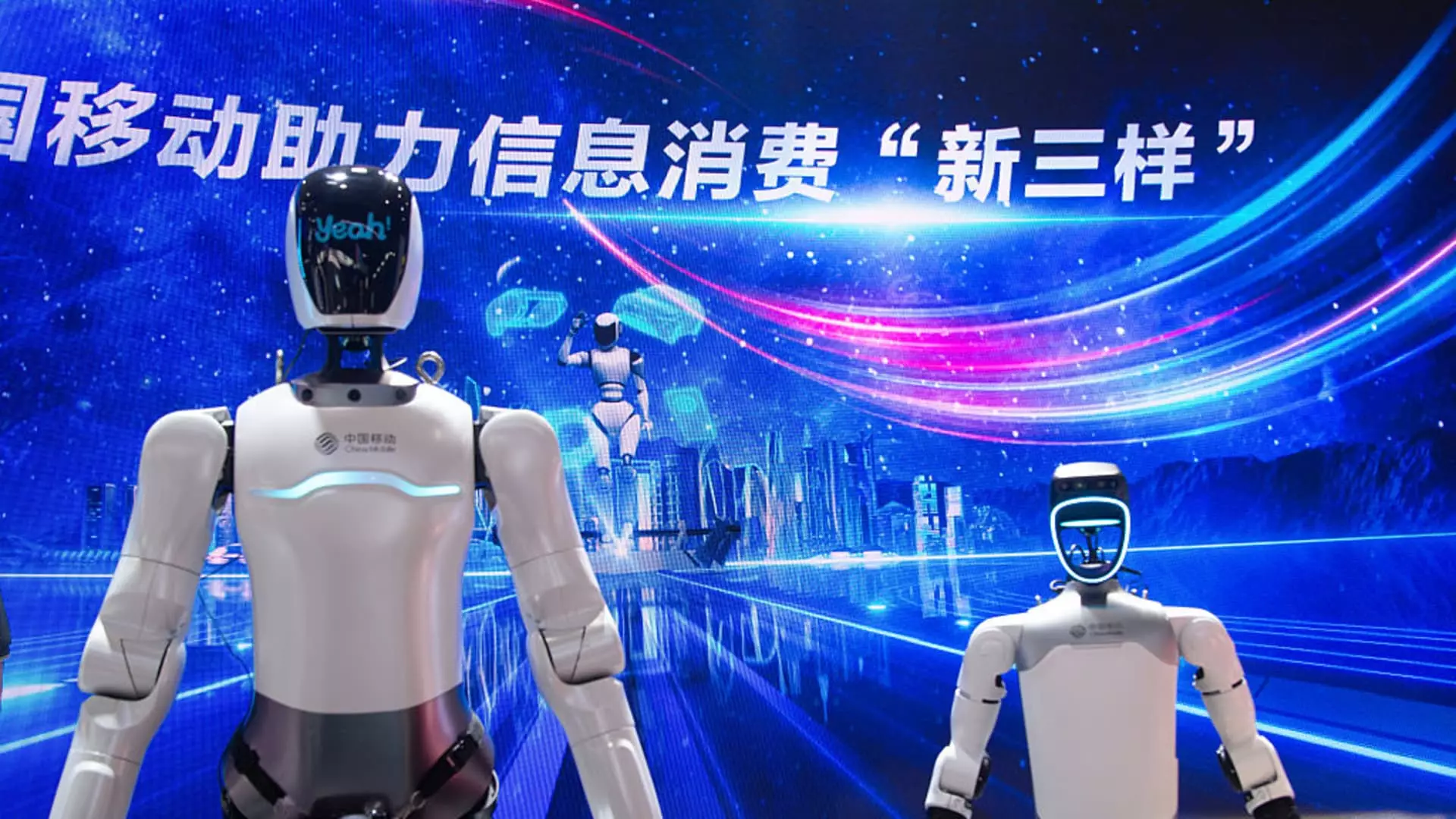The world of mobility is on the brink of a seismic shift. As the advancement of technology paves the way for the rise of humanoid robots, auto parts suppliers are uniquely positioned to ride this new wave of innovation. Morgan Stanley analysts predict that the emergence of these mechanical marvels will usher in a “third wave” of growth for auto parts suppliers, much akin to the transformations seen with electric vehicles and smart cars. This is not merely speculation but a calculated forecast based on current trends and the expected upsurge in demand for mobility solutions. The question arises: How can auto parts suppliers effectively pivot to capitalize on this burgeoning humanoid market?
Opportunities in a $800 Billion Market
According to Morgan Stanley, the potential value of the humanoid robot market in China alone could reach a staggering $800 billion by 2050, with a global outlook hitting $5 trillion. Given these figures, the sheer magnitude of opportunity is not just enticing; it is imperative for auto parts suppliers to adapt swiftly. These businesses stand to capture a significant slice—up to 60%—of the production costs involved in creating these humanoid robots. The possibility of generating approximately $15,000 per unit from component supplies is an enticing prospect; however, it comes with substantial risk. The industry’s future is still nascent and untested—an unpredictable frontier laden with challenges and competition.
The Differentiation Between Tier-1 and Tier-2 Suppliers
Understanding the structural differences among suppliers is crucial in this evolving ecosystem. Morgan Stanley highlights that “tier-1” module assemblers, like Sanhua, hold a solid position because they can secure assembly contracts regardless of which technological direction the industry takes. This contrasts sharply with “tier-2” manufacturers, which focus on specialized components like lidar or chips. By backing tier-1 suppliers with strong assemblage capabilities, we ensure a more stable avenue for growth while minimizing the volatility that often accompanies technology-specific markets. Such foresight and adaptability may be the key to long-term success for suppliers in the robot revolution.
The Race for Innovation
Companies like Tesla and Xpeng are not merely experimenting with humanoid robots; they are actively investing in their development. Traditional car manufacturers, including Zeekr and Volkswagen, are also exploring humanoids in their factories. There exists a palpable urgency to innovate that cannot be overlooked. The pressing challenge for suppliers will be to not only keep pace with these giants but to surpass them in efficiency and effectiveness. The assertion that the humanoid market will grow by 57% annually through 2030 highlights an accelerating need for robust research and development. Those who can leverage this period effectively stand to reap the greatest rewards.
The Risks of Geopolitical Tensions
While the prospects seem overwhelmingly positive, it is crucial to confront the inherent risks posed by geopolitical tensions, especially between the U.S. and China. The dynamics of international trade could dramatically affect the competitive landscape for auto parts suppliers. The looming specter of tariffs and sanctions may compel companies to seek alternative supply chains, potentially increasing manufacturing costs. For instance, Sanhua’s decision to establish a facility in Thailand to mitigate geopolitical risks is a prudent but costly maneuver—it reflects a growing awareness among suppliers that adaptability is essential for survival in an unpredictable global market.
Shifting Focus: From Automobiles to Humanoids
Auto parts suppliers now stand at a crossroads. Transitioning from components designed for traditional vehicles to parts tailored for humanoid robots is not merely a shift in production; it requires a fundamental rethinking of operations, training, and market strategies. There’s a certain audacity in the belief that suppliers can convert their existing production lines to meet the demands of the humanoid sector, given that many components, like screws and bearings, have little to no overlap with conventional automotive manufacturing. Companies that adopt a proactive approach to retraining their workforce and updating their technology stand to gain a first-mover advantage as the market expands.
The future remains cloaked in uncertainty, laden with potential and peril alike. The journey ahead will be fraught with challenges, yet also ripe with opportunities for those willing to embrace change. The landscape of mobility will not only redefine transportation but could also reshape industries as we know them today. Auto parts suppliers must step up and innovate rapidly, or watch others seize the fortune that is waiting at the horizon. The revolution of humanoid robots is imminent, and only those ready to adapt will thrive in this brave new world. The question isn’t whether change is coming—it’s whether you can keep up.

